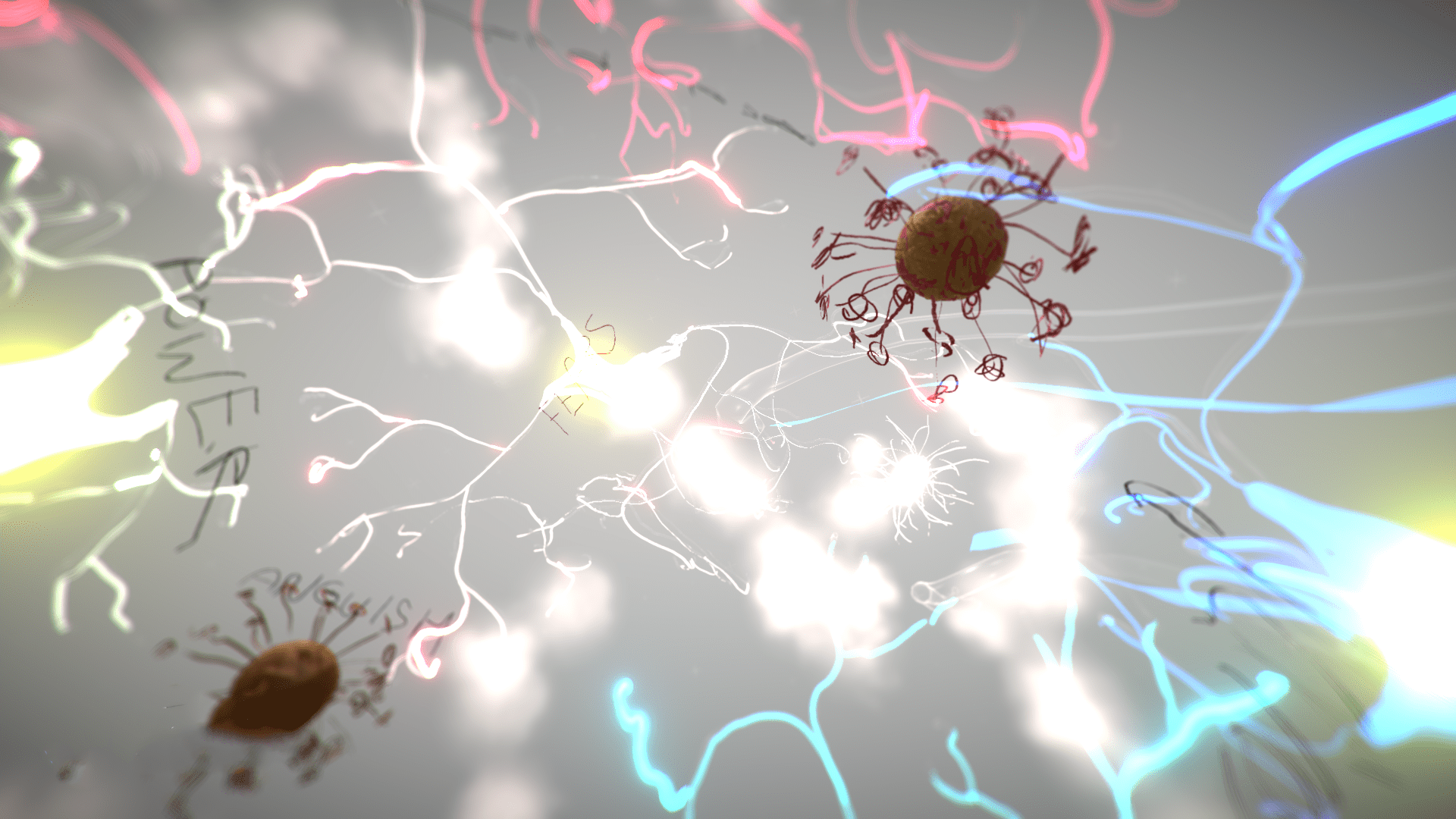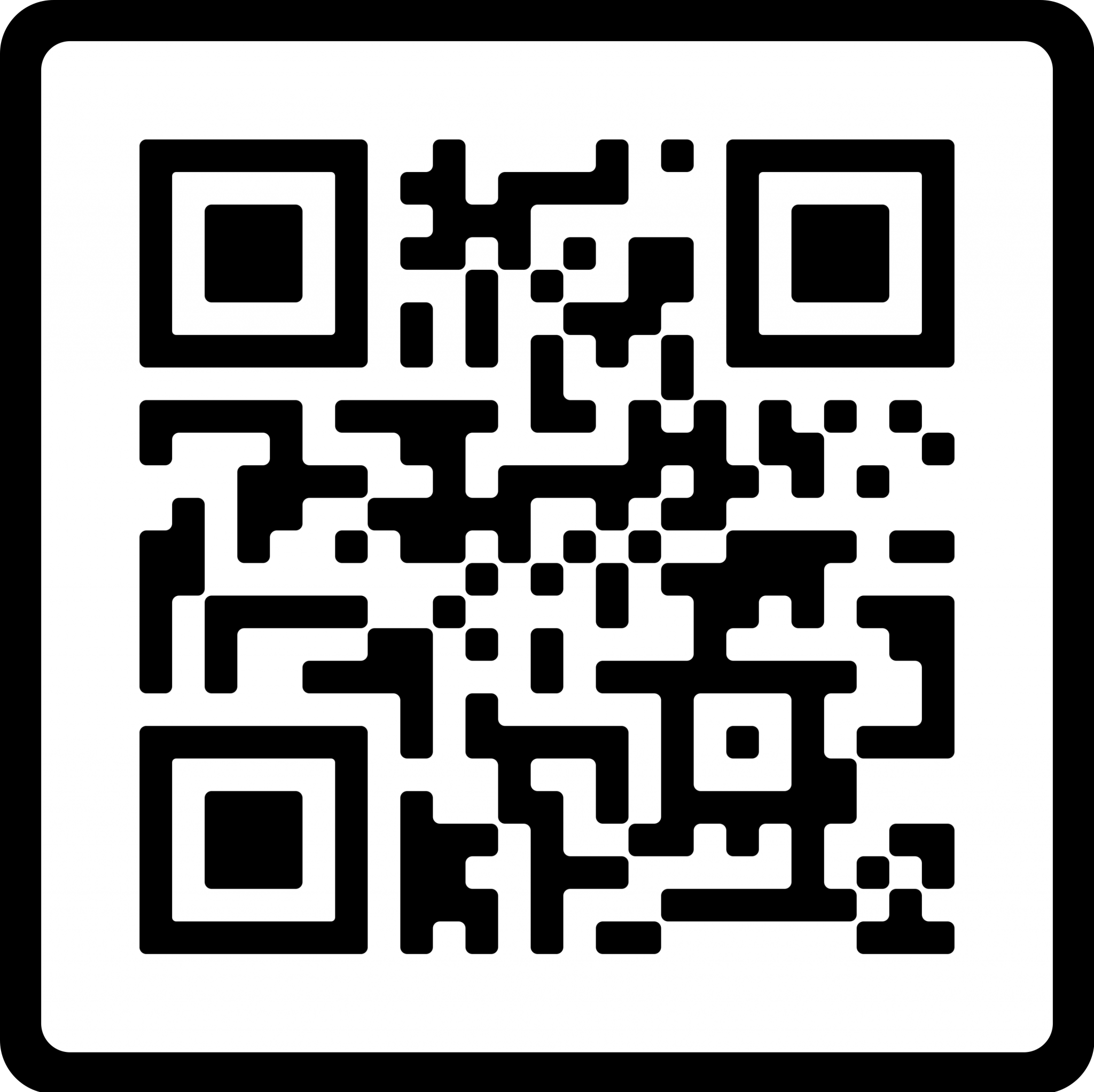
Authors: Valéry Grancher, Clemens Meyer zu Rheda
Introduction
With the current Covid-19 pandemics a global health crisis has emerged onto our World, it has provoked new politics and responses with social distancing, lock down, often touching the very heart of our individual freedom.
Conversely the spread of the Covid-19 has been accompanied by an equally global and fast moving spread of misinformation and fake news, an infodemic. Both spreadings are deeply interdependent, with misinformation affecting the population’s reactions to the pandemic and the new regulations and policies generating additional misinformation. Often these misinformation have real world consequences, risking the lives of people around the world.
In this white paper and the accompanying virtual reality experience we explore the analogies between epidemic spread of viruses and (mis) information. Explore the lexical bridges between both the epidemiologist’s world and that of the propagation of information and experience a virtual reality interpretation of how an information virus is infecting and spreading inside a conspirationist’s brain.
Epidemiologist’s guide
antibody /ˈantiˈbɒdi/ noun
A host builds up antibodies that help in the fight against a virus. These antibodies can be induced by a →vaccine or built up naturally by the host’s system learning to fight against a virus. By actively incorporating the structure and commonalities of fake news in the educational system users can build up antibodies and become →immune. (→vaccine)
flatten the curve /ˈflat(ə)n ðə kəːv/ verb
The healthcare system has a limit of how many infected hosts it can reliably deal with. To stay within these limits the spread of a virus is slowed down by public health measures (→ social distancing) leading to a flattening curve of number of infections. By marking content as disputed the unquestioned sharing can be limited and the rate of growth slowed down.
herd immunity /həːd ɪˈmjuːnɪti/ noun
The spread of a virus can be stalled even if not the whole population is immune as it relies on continuously infecting more new hosts than recover. Online this can be achieved if enough people take part in the conversation and a stable middle ground is established. Filter bubbles are dissolved by opening discussion to the broader audience.
immunity /ɪˈmjuːnɪti/ noun
A host that is impenetrable by a virus is called immune. The host has developed antibodies that can effectively counter the infection of a virus or the host’s system is not perceptible in the first place. Immunity is the highest form of →resilience. Users that distrust the source of a piece of information are effectively immune to the content. Limiting the news intake to well established sources can help build up →herd immunity.
mutation /mjuːˈteɪʃ(ə)n/ noun:
Natural organisms constantly mutate to adapt to their changing surroundings. As fake news multiplies their details change and evolve making them perceptible to users with different priorities and preferences. While the informational core of the fake news says the same, the changing details allow the infection of a much broader group of users. Perception of the user on the other hand is again personal leading into another possible mutation. (→natural selection)
natural selection /ˈnatʃ(ə)r(ə)l sɪˈlɛkʃ(ə)n/ noun
A mutation is favourably selected to propagate by its ability to spread to another host and infiltrate them. In an online and social media setting the selection has two components. On the one hand a direct selection is performed by liking and sharing of information. On the other hand the dopamine rush of a user that is induced by gathering a lot of likes leads to another strong selection criteria: What news will gather the most resonance by their peers?
resilience /rɪˈzɪlɪəns/ noun
A host can build up a natural resilience against an infection (→immunity). And a healthy organism has a higher natural resilience. The adoption of conspiracies is often connected to other issues: The user feels alienated by their surroundings and thus is more likely to get infected. By fostering community building also online a natural resilience can be build up (→herd immunity)
social distancing /ˈsəʊʃ(ə)l ˈdɪst(ə)ns/ verb
In an epidemic it is difficult for individuals to identify infected hosts. As a societal response limiting the level of contact between hosts, regardless of their infection status, can effectively slow down the spread of a virus. As the spread relies on exponential growth the population can effectively contain the virus (→flatten the curve).
Similarly the spread of misinformation and fake news can be contained by limiting the number of people a piece of information is shared with. Hence the propagating of information is regulated opposed to the content.
super spreader /ˈsuːpə ˈsprɛdə/ noun
Some hosts/users have a disproportionate ability to spread the virus, identifying these individuals is thus disproportionately effective in containing the spread. Conversely, the reach of influencers on social media platforms is accompanied with high connectivity in the network and therefore a large multiplier of information spread. Thus limiting the reach of an individual can slow down the spread of an information virus (→social distancing)
vaccine /ˈvaksiːn/ noun:
A vaccine is administered to the host to help its system fight the intrusion of a virus. A properly working vaccine lets the host build up antibodies that detect a virus quickly and disable it before it can spread inside the body. To build these antibodies in users of social media the subjects need to be educated and proficient in the way communication and advertising work and how they trigger emotional responses.
Opening new perspectives
As the spread of Covid-19 has provoked personal and governmental responses worldwide the populations have learned new vocabulary and strategies, can we apply the learning to other types of pandemics?
When thinking about a new problem we need to develop a language that caters to the specificity of the problem. Starting with the samples of the above Epidemiologists guide, what other bridges of thought can you come up with?
To experience the Virtual Reality artwork scan following QR code:
